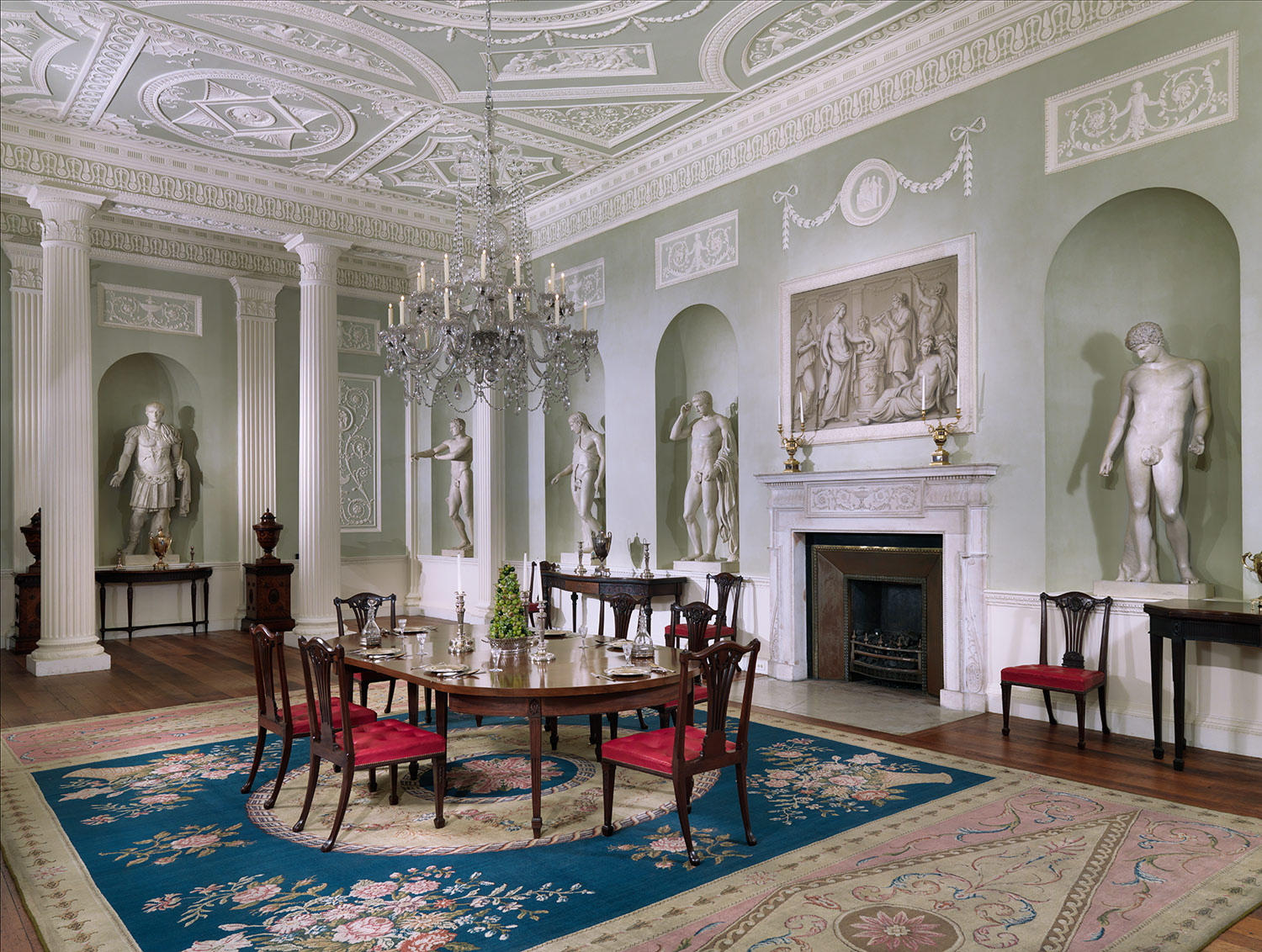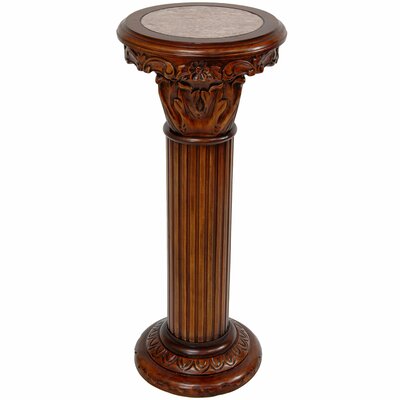https://www.youtube.com/watch?v=KlN9pXjgUU0
Our book can be wordy and visual oriented person like me would enjoy this video! It shows very good detail and close up photos ! Enjoy!
Monday, April 21, 2014
Reflection #15 English Period
Dana’s blog;
She introduced very good current application examples that were inspired by design elements from Hepplewhite style. Also her extra helpful link was very fun to learn with.
She introduced very good current application examples that were inspired by design elements from Hepplewhite style. Also her extra helpful link was very fun to learn with.
Sammy’s blog;
She wrote not only the information about architecture or
furniture from the Mid-English renaissance, but also wrote about how
English monarchs were at the time. I
learned from her blog how it's important to understand architectures and
design style with the historical background in a same time.
English Period - Late Renaissance Neoclassic (1750 - 1830)
-English
Period - Late Renaissance Neoclassic ( 1750 – 1830)
I chose this time period out of all of the known renaissance
periods in England because of the outstanding works of Robert Adam. Not only was he an architect, but also an
interior designer, and a particularly gifted furniture designer as well.


-Robert Adam ( 1728 – 1792); He was a Scottish neoclassical
designer who made a name for himself in various fields of work. His father,
William Adam (1689 – 1748), was the country’s foremost architect of the time,
and Robert was trained under him. He was a leader of the first phase of the
classical revival in both England and Scotland around the 1760’s until his
death. His influences on the development
of western architecture, both in Europe and North America, are a well-known
fact. I was really attracted to his work,
particularly on how he often focused on a wide range of elements in design. We have been studying many architects, decorators,
and painters, but I believe Adam soared above the rest with his complete
integration of furniture design, light fixture design, pottery, metal work, and
textile, in addition to his gift for designing buildings.
His architectural style included classical columns and
pilasters, entablatures, arch forms, domes, and panels ornamented with
classical motifs.
-Lansdowne House, LondonDesigned by Robert Adam, it often served as a private house, as well as the residence of the Petty-Fitzmaurice family, Marquesses of Lansdowne. It has a large front garden occupying the entire southern side of the square.

-Syon House, London
This is another house redesigned by Robert Adam in the 18th
century. It has 200 acres of land
including the house. It currently
belongs to the Duke of Northumberland, and serves as his family’s London
residence. It was started as a medieval
monastery of the Bridgettine Order, founded in 1415. During 17th century, Syon was
owned by Charles Seymour, 6th Duke of Somerset. In the 18th century, Hugh Percy, 1st
Duke of Northumberland, commissioned architect and interior designer Robert
Adam to redesign the house and estate.
It did not start out as a complete design by Adam, but both the interior
and exterior works were perfected by him, as anyone can observe viewing the
building today.

-Adam Style
Also known as “Adamesque” or “Style of the Adam
Brothers,” it is an 18th century neoclassical style of Interior
design and architecture by the three Adam brothers from Scotland, including
Robert. He was the inventor of the sideboard, which is
a table with drawers for a dining room.
It was used as storage for plates and silvers. 
Bookcase
-Current Application
I could not find any particular pieces of furniture that addressed the Adam style, but the furniture included has legs in the shape of the column from the classical order or Adam’s design elements, which indicates an influence from the renaissance time period.


Subscribe to:
Posts (Atom)